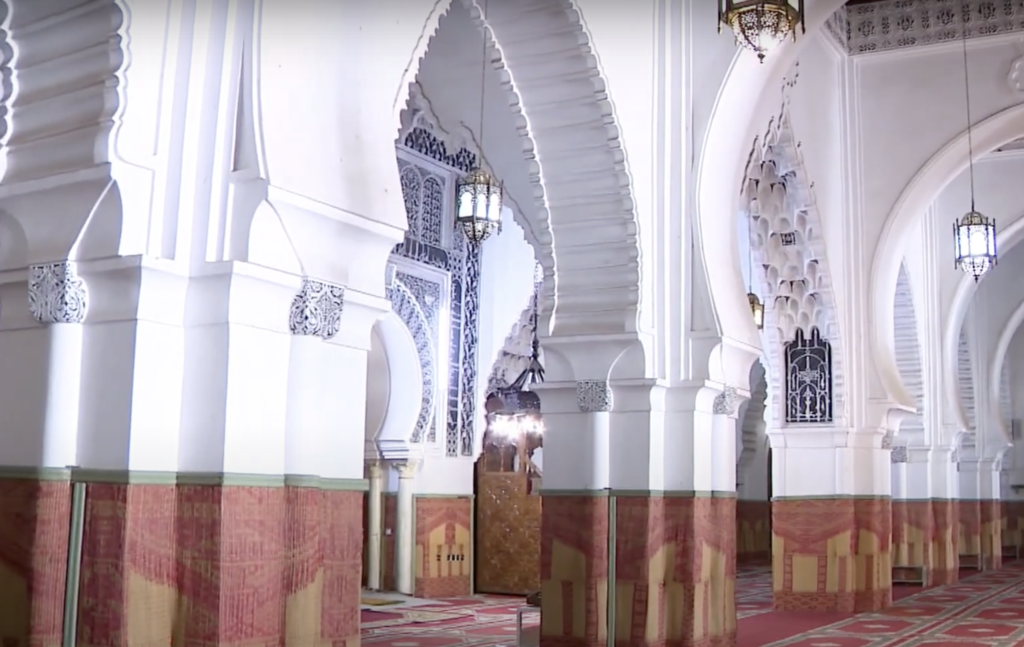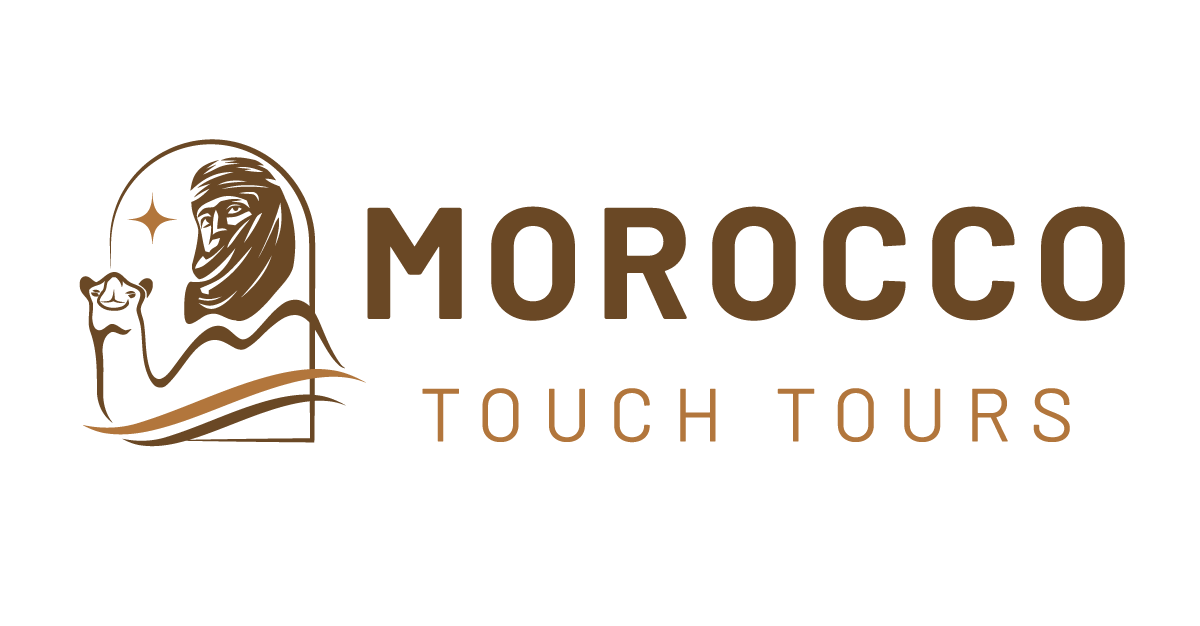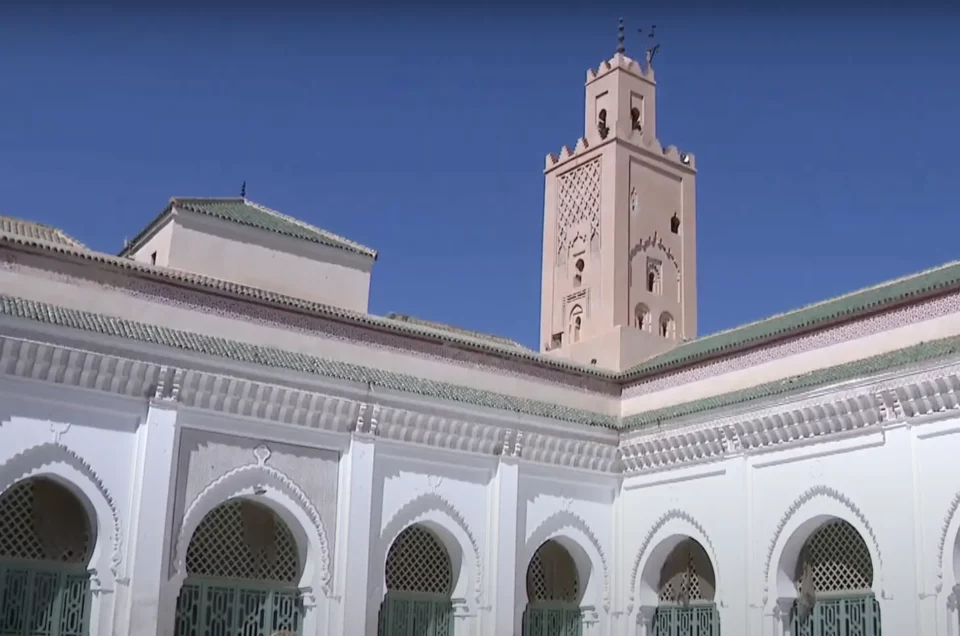Marrakech, the former imperial capital of Morocco, is a city rich in history, culture, and beauty. Among its many attractions, the Bab Doukkala Mosque stands out as a remarkable example of Moroccan architecture and a testament to the legacy of the Saadian dynasty. In this article, we will explore the history, architecture, and significance of this mosque, as well as some tips on how to visit it and enjoy its surroundings.
History of the Bab Doukkala Mosque

The Bab Doukkala Mosque, also referred to as the Mosque of Bab Doukkala, is a significant neighborhood mosque in Marrakesh. Its name is derived from the nearby city gate, Bab Doukkala, located in the western city walls. Another title it proudly bears is the al-Hurra Mosque, translating to the “Mosque of the Free One,” an ode to its founder, Massa’uda al-Wizkitiya.
The construction of the mosque began in 1557-58 CE and was probably completed around 1570-71 CE, during the reign of Moulay Abdallah al-Ghalib, Lalla Mas’uda’s son-in-law. The mosque was part of a larger plan to build new “model” neighbourhoods in Marrakech, following the relocation of the Jewish population to a new area closer to the royal citadel or Kasbah.
Significance of the Bab Doukkala Mosque

The Bab Doukkala Mosque is not only an important place of worship for locals but also a fascinating destination for visitors seeking to immerse themselves in Moroccan culture. The mosque reflects the history, art, and architecture of the Saadian era, which was a golden age for Morocco. The mosque also showcases the contribution of women to the construction and development of the city, as it was commissioned by Lalla Mas’uda, a remarkable figure who was respected for her piety, generosity, and independence.
The mosque is also a hub for social and cultural activities, as it hosts various events and festivals throughout the year. For example, every Friday, the mosque organizes a souk (market) where vendors sell various goods such as clothes, spices, fruits, and vegetables. The mosque also celebrates religious occasions such as Ramadan, Eid al-Fitr, and Eid al-Adha, with special prayers and festivities.
How to Visit the Bab Doukkala Mosque
The Bab Doukkala Mosque is located in the western part of the medina of Marrakech, near the Bab Doukkala gate. It is easily accessible by public transportation, as it is close to the main intercity bus terminal. You can also take a taxi or a caleche (horse-drawn carriage) to reach the mosque.
The mosque is open to Muslims only, but non-Muslims can admire its exterior and its surroundings. The best time to visit the mosque is in the morning or in the evening, when the light enhances its beauty and creates a serene atmosphere. You can also visit the mosque on Fridays, when you can witness the weekly prayer and browse the souk.
If you want to learn more about the history and architecture of the mosque, you can hire a local guide who can explain its details and stories. You can also visit the nearby attractions such as the Bab Doukkala gate, the Dar el Bacha palace, and the Majorelle Garden.
The Bab Doukkala Mosque is a must-see for anyone who wants to discover the authentic and historic side of Marrakech. It is a place where you can appreciate the beauty and diversity of Moroccan culture and enjoy a memorable experience.
A Guide to Enhancing Your Experience
Historical Context:
To fully appreciate the mosque’s significance, consider hiring a local guide. Their insights will provide depth to your understanding of the mosque’s history and Marrakesh’s evolution.
Photography Tips:
Capture the mosque’s intricate designs, especially the arches, mihrab, and minaret. The play of light and shadow on the structure offers excellent photo opportunities.
Nearby Attractions:
After exploring the Bab Doukkala Mosque, consider visiting the nearby city gate, Bab Doukkala, and other historical landmarks in Marrakesh.
Respect and Etiquette:
Remember the mosque’s religious significance. Always be respectful, dress modestly, and adhere to any guidelines or restrictions in place.
The Bab Doukkala Mosque is more than just an architectural structure; it’s a journey through Marrakesh’s illustrious Saadian past. Whether you’re a history buff, an architecture enthusiast, or a curious traveler, the mosque promises a unique and enlightening experience in Marrakesh’s heart.

